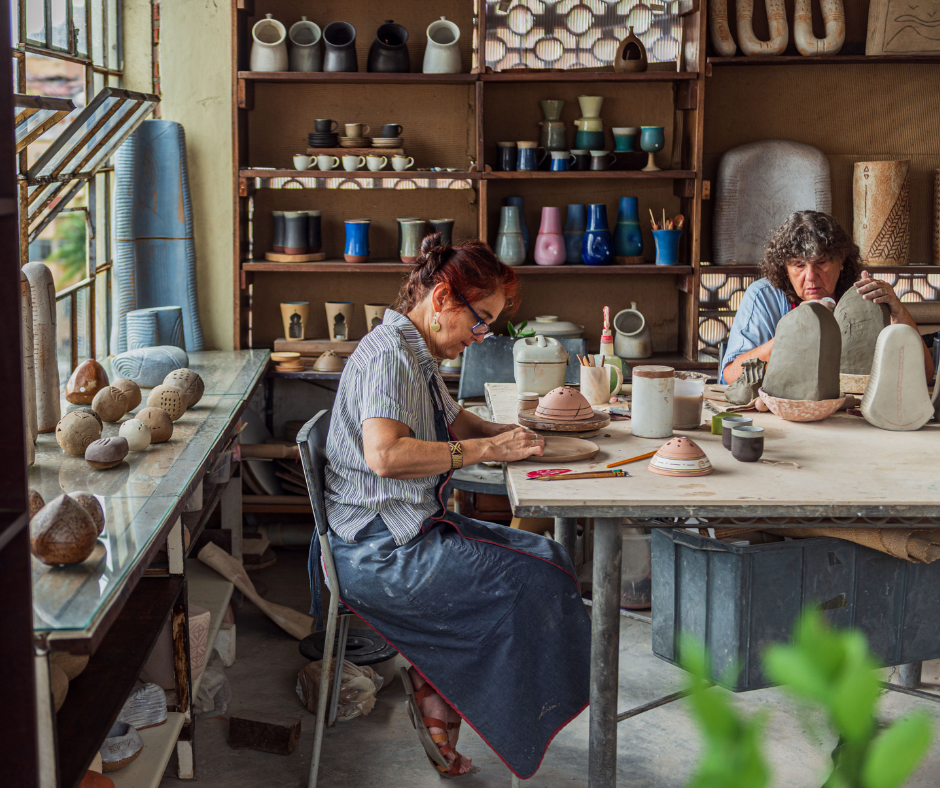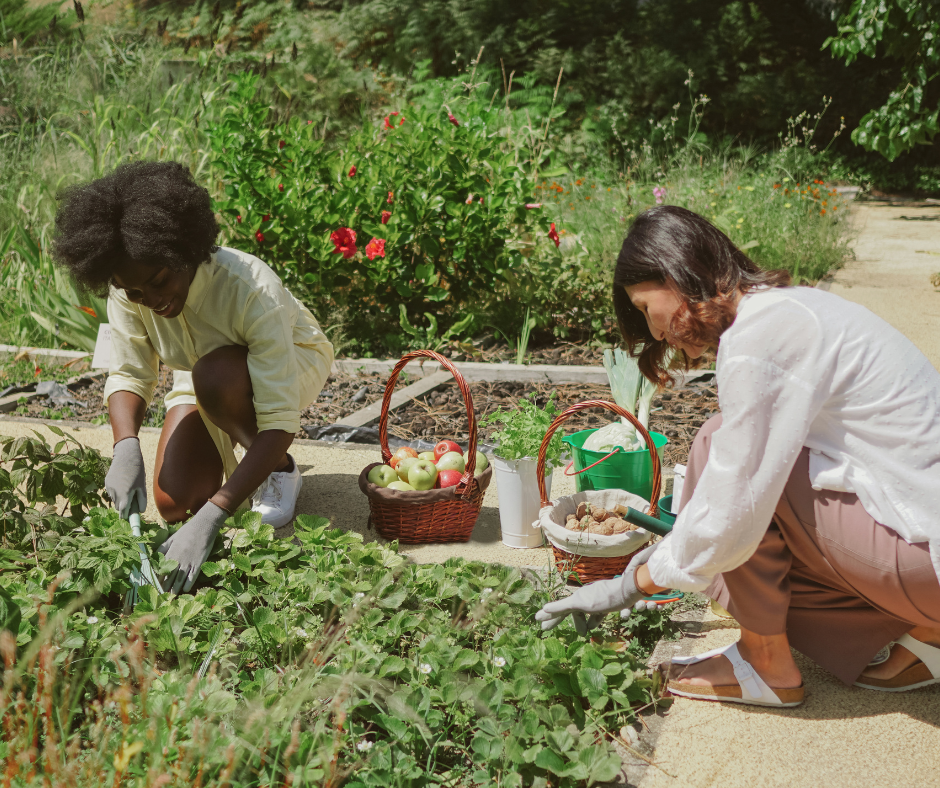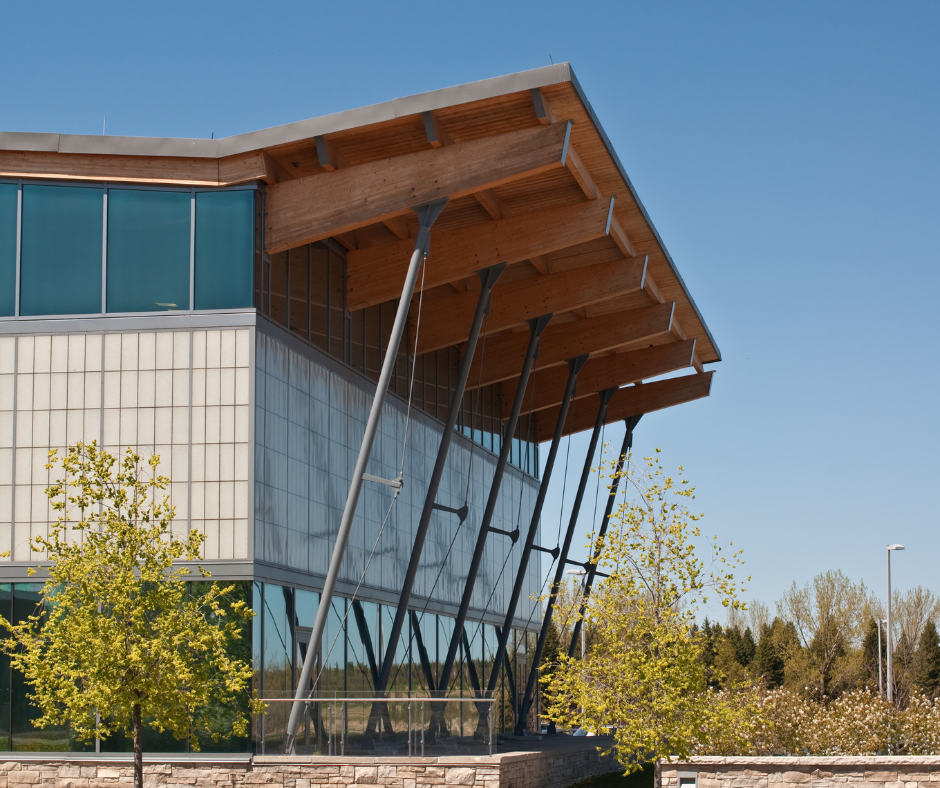

Where Have All the Third Spaces Gone?
Summary
Reflection Questions
Journal Prompt
For those unfamiliar, third spaces are distinct social settings that diverge from the primary and secondary environments of home and workplace, respectively termed as ‘first’ and ‘second’ spaces. These third spaces, which include cafes, libraries, hotel conference spaces, and community centers, function as loci of informal public interaction, fostering community engagement and social networking outside the confines of home and work. The COVID-19 pandemic instigated a profound disruption in the dynamics of these spaces, precipitating widespread closures and a significant shift in social behaviors. This alteration not only impacted the physical availability of such spaces but also precipitated a reevaluation of their role and utility in a rapidly evolving societal landscape. Curious where all the third spaces have gone? Read on to learn more.
Understanding Third Spaces
Third spaces are defined as public places that serve as a neutral ground where individuals can gather, socialize, and engage in a variety of activities, distinct from their home or workplace. These spaces include, but are not limited to, coffee shops, libraries, and community centers. They provide a setting for informal social interactions that are essential for building relationships and fostering a sense of community in our everyday life. The existence and accessibility of third spaces add a vital dimension to urban and rural social life, offering places for relaxation, entertainment, and community engagement.
Characteristics of These Community Spaces
The defining characteristics of third spaces include their accessibility to the public, the inclusiveness of different groups, and the provision of a relaxed atmosphere conducive to socialization and informal gathering. “Readily accessible” implies that these spaces are easy to enter and occupy, often with minimal or no expense.
Inclusiveness refers to the welcoming of diverse groups, regardless of their socioeconomic, cultural, or demographic backgrounds. The relaxed atmosphere in third spaces fosters a sense of comfort and ease, encouraging individuals to spend time, interact, and engage in leisurely activities.
Their Role in Society
Third spaces play a crucial role in society by acting as catalysts for community building and networking. They provide environments where individuals from various backgrounds can meet and interact, thus facilitating the exchange of ideas and experiences. These interactions contribute to the strengthening of community bonds and the fostering of a sense of belonging among members of society.
Moreover, third spaces have significant implications for mental health, offering an escape from the stresses of daily life and a space for relaxation and rejuvenation. They provide a setting where individuals can engage in leisure activities, pursue hobbies, and socialize, all of which are essential for maintaining mental well-being.
Third Spaces Before the COVID-19 Pandemic


Prior to the pandemic, third spaces enjoyed widespread popularity as integral components of daily social life. These environments were frequented for various purposes ranging from leisure and relaxation to work and meetings. Cafes, for instance, often served as impromptu offices or meeting spaces, while libraries provided a quiet haven for study and research. Community centers functioned as hubs for local activities and gatherings. The versatility of these spaces made them essential to the rhythm of everyday life, catering to a broad spectrum of social and personal needs.
The Popularity and Usage of the Third Place
Vibrant examples of third spaces varied across cultures and cities, reflecting local customs and lifestyles. In European cities like Paris and Rome, cafes and public squares have historically functioned as central social spaces, bustling with activity and conversation.
In contrast, in many East Asian cities, such as Tokyo and Seoul, unique themed cafes and public gaming rooms catered to specific interests and social groups. In the United States, the concept of the ‘third space’ was often embodied in large, multifunctional areas like New York’s Central Park or San Francisco’s Golden Gate Park, offering a blend of nature, recreation, and social interaction.
Economic and Social Impact of Third Places
The economic and social impact of third spaces on local communities before the pandemic was significant. Economically, they contributed to local business ecosystems, supporting jobs and fostering consumer spending. Cafes, bars, and similar establishments often acted as anchors for neighborhood development, driving foot traffic and supporting adjacent businesses.
Socially, these spaces were instrumental in shaping the cultural and communal fabric of their locales. They provided settings for social interaction, cultural exchange, and community engagement, playing a key role in the formation of social networks and the development of a sense of belonging amongst community members.
The Pandemic’s Widespread Impact on Third Places
The onset of the COVID-19 pandemic resulted in widespread closures and restrictions for third spaces, significantly altering their operational dynamics. Governments around the world implemented lockdowns and social distancing mandates to curb the spread of the virus, leading to the temporary or permanent closure of many public spaces such as locally owned coffee shops, libraries, and community centers.
Those that remained open operated under stringent regulations, including reduced capacity, mandatory mask-wearing, and enhanced sanitation protocols. This abrupt shift not only limited access to these essential social venues but also disrupted the routines and habits centered around them.
Behavioral Changes
Behavioral changes were a direct consequence of the pandemic’s impact on third spaces. As physical access to these locations became restricted, there was a notable shift towards digital interactions. Online communities and virtual environments began to replicate the social functions of third spaces, with people turning to video calls, social media, and digital meeting spaces for interaction and engagement.
Book clubs, discussion groups, and even casual meetups migrated online, indicating a significant transformation in social habits. This shift highlighted the adaptability of social interactions but also underscored the limitations and challenges of virtual substitutes in replicating the full experience and benefits of physical third spaces.
Economic Consequences
The economic consequences of the pandemic on businesses operating as third spaces were profound. Many small businesses, including cafes, bars, and local community centers, faced severe financial challenges due to prolonged closures and reduced patronage. The loss of revenue led to layoffs, reduced hours for staff, and in numerous cases, permanent closures.
This not only affected the livelihoods of those employed by these businesses but also had a ripple effect on local economies. The reduction or loss of third spaces impacted consumer spending patterns, decreased foot traffic in neighborhoods, and altered the economic landscape of communities that previously thrived around these social hubs.
The Future of Third Places
Looking forward, the future of third spaces is likely to be shaped by emerging trends and adaptations to the new societal norms. One prominent trend is the emergence of hybrid spaces, which blend physical and digital experiences, offering online platforms alongside traditional in-person interactions.
Virtual third places are also gaining traction, providing a digital equivalent of the community and connection traditionally found in physical third spaces. Additionally, there is a growing movement towards supporting locally owned shops and community-oriented spaces, driven by a heightened awareness of their role in sustaining local economies and social fabric.
Revival Strategies
To revitalize third spaces, several strategies can be employed. Community initiatives, such as local crowdfunding campaigns and neighborhood support networks, can provide crucial financial and moral support to these businesses.
Government support, in the form of grants, tax relief, or regulatory adjustments, is also essential to aid the recovery and sustainability of third spaces. Public-private partnerships could be explored to foster the development of community-centric spaces that cater to the evolving needs of society. These efforts should focus not only on economic support but also on promoting the social and cultural significance of these spaces.
The Importance of Rebuilding
The importance of rebuilding third spaces in the context of post-pandemic recovery cannot be overstated. These spaces are vital for maintaining the social health of communities, providing venues for connection, relaxation, and cultural expression.
Their role in supporting mental health is particularly crucial, as they offer escapes from the isolation and stress that were exacerbated during the pandemic. Reestablishing and reinventing third spaces is, therefore, an essential component of societal healing and a step towards restoring the communal bonds that were strained during the pandemic.
Tips for Supporting or Starting Your Own Third Place


Are you interested in supporting third places in your community or starting your own? Whether a coffee house, a community center, or a pottery studio, these spaces can evoke the same feelings of togetherness and peace that pre-pandemic places did. To support or start your own third place, consider the following tips. By keeping this tips and tricks in mind, female creative entrepreneurs can create third spaces that not only serve as vibrant community hubs but also reflect their unique creative vision and entrepreneurial spirit.
Identify Community Needs
Start by understanding the specific needs and interests of your local community. This could involve conducting surveys, hosting focus groups, or engaging in community meetings to gather insights on what type of third space would be most beneficial and appealing.
Leverage Unique Skills and Interests
Utilize your unique talents or interests to create a third space with a distinct theme or focus. For instance, if you have a background in the arts, you might consider a combined art studio and café where people can enjoy creative workshops and exhibitions.
Foster Partnerships
Collaborate with other local businesses, artists, or community organizations. These partnerships can help in pooling resources, sharing expertise, and cross-promoting events, which can be crucial in the early stages of establishing a third space.
Create a Welcoming Atmosphere
Design the space to be inclusive and welcoming to all members of the community. This can involve considering accessibility, diverse programming, and a comfortable environment that encourages people to spend time and engage with others.
Integrate Technology Thoughtfully
In the wake of the pandemic, having a digital component (like an online community board or virtual event options) can help in extending the reach of your third space and keeping the community connected, even when they can’t be there in person. However, real life alternatives to digital platforms are what many people seek post-pandemic.
Develop a Sustainable Business Model
Develop a business model that is sustainable. This might include multiple revenue streams such as a mix of retail, events, membership fees, or workshops. Think creatively about how the space can be financially viable while still serving the community.
Community Engagement and Feedback
Regularly engage with your patrons and community to get feedback and ideas. This can help in continually evolving the space to meet the changing needs and preferences of your community.
Promote Mental Health and Well-being
Given the increased focus on mental health, especially post-pandemic, consider ways in which your third space can contribute positively to this aspect. This might include hosting wellness workshops, meditation sessions, or simply providing a tranquil environment for relaxation.
Marketing and Social Media Presence
Develop a strong online presence through social media and a website. Share stories, events, and updates to engage with your audience and attract new visitors to your space.
Offer Flexibility
Be adaptable and open to change. The needs and dynamics of the community can shift, and being flexible allows your third space to remain relevant and valuable to the community it serves.
Innovative Third Spaces Around the World to Inspire Your Journey


There are several innovative third spaces around the world that have gained recognition for their unique concepts and impact on their communities. These third spaces are excellent examples of how creativity and community can be blended to create environments that are more than just places to visit, but are integral parts of the social and cultural fabric of their locales. Below are a few notable examples.
The Wing (Various Locations, USA): The Wing is a network of work and community spaces designed for women. It combines the functions of a co-working space, event venue, and social club, with beautifully designed interiors, a focus on fostering a community of women professionals, and providing amenities tailored to women’s needs.
Libreria (London, UK): Libreria is a bookstore that doubles as a community space. With its unique design that encourages browsing and discovery, the store hosts a variety of events, including workshops, talks, and writing sessions, aiming to foster a love for books and ideas.
Impact Hub (Global): Impact Hub is a global network of co-working spaces, with locations in over 50 countries. These spaces are focused on bringing together entrepreneurs, creatives, and professionals who are dedicated to driving positive social and environmental change.
Kéré Architecture’s Opera Village (Laongo, Burkina Faso): Founded by architect Francis Kéré, this project combines cultural space with community development. It includes an opera house, schools, and housing, and is aimed at fostering local art and culture while improving the quality of life for residents.
Tate Modern’s Turbine Hall (London, UK): The Turbine Hall at Tate Modern is a unique art space known for hosting large-scale, interactive art installations. It’s a place where visitors can experience contemporary art in a dynamic and engaging environment.
The Bookworm (Beijing, China): The Bookworm is a combination of a bookstore, library, bar, and café, and is known for its literary events, including talks with authors, book clubs, and a well-known literary festival. It’s a cultural hub for expats and locals alike.
Mercado Roma (Mexico City, Mexico): Mercado Roma is a gourmet food market that offers a variety of high-quality food options in a communal eating space. It’s a culinary hotspot that promotes social dining and the enjoyment of diverse cuisines.
ARoS Public (Aarhus, Denmark): This part of the ARoS Aarhus Art Museum is a unique space that blends art, community, and urban living. It’s a public space designed to build community while encouraging interactions between art and everyday life, featuring installations and experiences that are accessible to a wide audience.
Final Thoughts on Third Places


As detailed above, third spaces play an indispensable role in the societal fabric, acting as crucibles for community interaction, cultural expression, and social cohesion. These spaces, extending beyond the realms of home and work, provide essential venues for informal socializing, intellectual engagement, and communal support. The challenges imposed by the pandemic have underscored the fragility of these vital social infrastructures, necessitating innovative solutions for their preservation and reinvention.
As we navigate the post-pandemic landscape, the reimagination of third spaces is crucial, not just for the restoration of community life, but also for fostering resilience and adaptability in our social ecosystems. The future of these spaces lies in our collective ability to blend creativity with functionality, ensuring that they continue to serve as pillars of community strength and togetherness in an evolving world.









